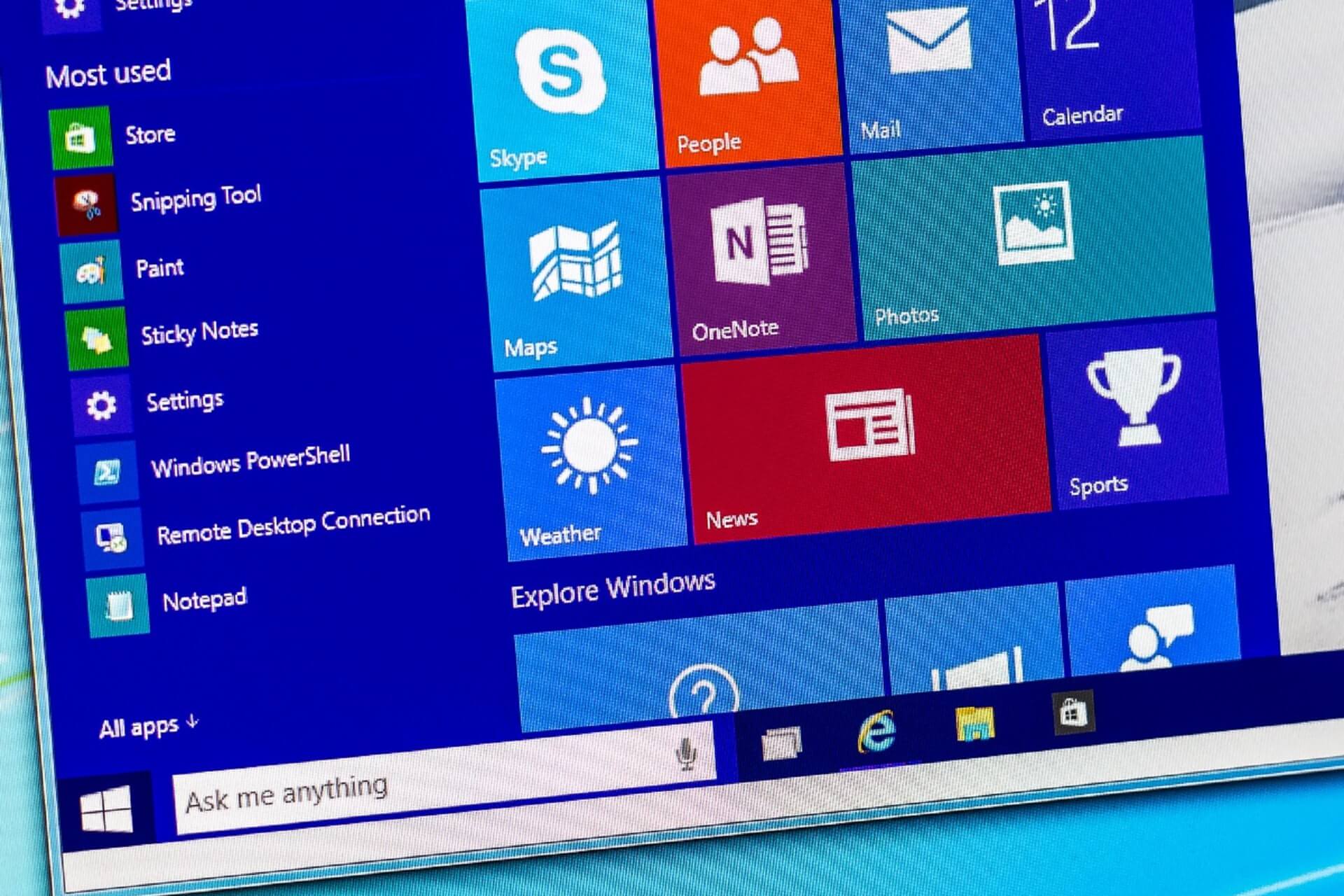


Fortunately, the latest version of browsers such as Chrome and Firefox are well-adopted by most users. With all the information collected, enterprises can set up a dedicated test plan targeting browser compatibility. These all help companies make a decision. But as most developers aren't testing sites for IE, enterprises sticking to IE might end up not being able to use new apps as they come out. But switching from IE to other browsers is not easy not only is it time-consuming but there is also more labor cost and programming to make a cross-browser compatible website.Ĭhanges can be hard. While many sites work fine, more sites encounter multiple problems. IT admins need to understand that IE is not supporting new web standards.

Is it worth sticking to IE for a small group of users? Probably not. If only a small percentage of users are using IE on Windows 7 or Windows XP to visit, switching to the prevailing browsers or not should be a big concern.

Do they complain and expect a big update? Will they upgrade to Windows 10 (abandoning IE) from the regional perspective? Find out whether you need to do more to keep these IE users on board. As computer performance improves, users also have higher expectations for website design and UX. Find a way to measure if your business meets user needs and allows them to complete a task easily. If IE contributed to the majority of users, getting to know the users' experience is extremely important. For example, Google Analytics tells you where your users are coming from, the most viewed pages, device usage, display resolutions, operating systems, visitor locations and more. A company should first of all make a comprehensive and in-depth analysis of its user groups, devices and operating systems.


 0 kommentar(er)
0 kommentar(er)
